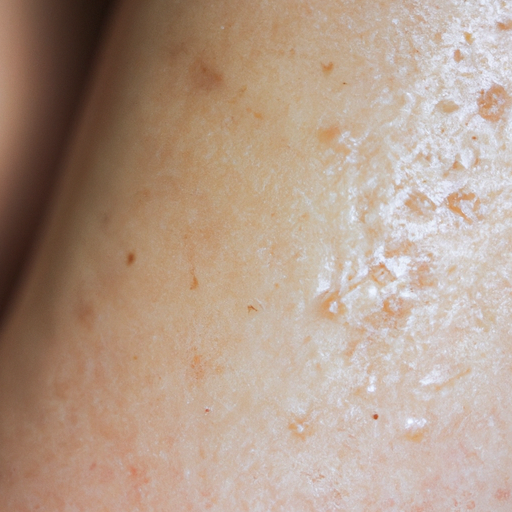Oily skin, a common dermatological condition, is often characterized by an excessive production of sebum, the natural oil produced by the body’s sebaceous glands. While sebum is essential for maintaining skin health, an overproduction can lead to a glossy or greasy appearance, enlarged pores, and an increased likelihood of acne and blackheads. Understanding the symptoms and causes of oily skin is crucial in managing this condition effectively.
The most apparent symptom of oily skin is a shiny or greasy appearance. This is often most noticeable in the T-zone, an area that includes the forehead, nose, and chin. People with oily skin may also notice that their makeup does not stay on as long as it should, as the excess oil can cause it to wear off more quickly. Enlarged pores are another common symptom. These can be more visible on the face and may be prone to clogging, leading to blackheads or acne.
Skin with an oily tendency may also feel thick or rough and may have a dull or shiny complexion. It’s not uncommon for individuals with this skin type to experience frequent breakouts or develop post-inflammatory hyperpigmentation, a condition that leaves dark spots on the skin after an acne breakout has healed.
Understanding the causes of oily skin can help in formulating an effective skincare regimen. Hormonal changes are one of the most common causes. Adolescence, menstruation, pregnancy, and menopause can all trigger an increase in oil production. Stress can also stimulate the production of androgens, hormones that boost oil production.
Genetics also play a significant role in determining skin type. If your parents have oily skin, you are more likely to have it as well. Environmental factors such as humidity and heat can increase oil production, while cold weather and harsh skincare products can damage the skin’s barrier, causing it to produce more oil to compensate.
Diet may also influence skin oiliness. While more research is needed, some studies suggest that a diet high in sugars and refined carbohydrates can increase oil production. Conversely, a diet rich in omega-3 fatty acids, found in foods like fish and flaxseeds, may help regulate oil production and maintain skin health.
It’s important to note that while oily skin can be challenging to manage, it’s not all negative. The excess oil can help keep the skin moisturized and plump, reducing the appearance of fine lines and wrinkles. The key is to strike a balance between managing excess oil and maintaining the skin’s natural moisture.
In conclusion, understanding the symptoms and causes of oily skin is the first step towards effective management. By recognizing the signs and identifying potential triggers, individuals with oily skin can make informed decisions about their skincare routine and lifestyle choices. Remember, every skin type has its unique challenges and advantages; the goal is not to eliminate oil entirely but to maintain a healthy balance.



